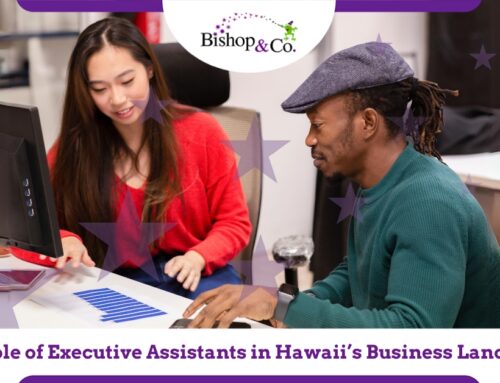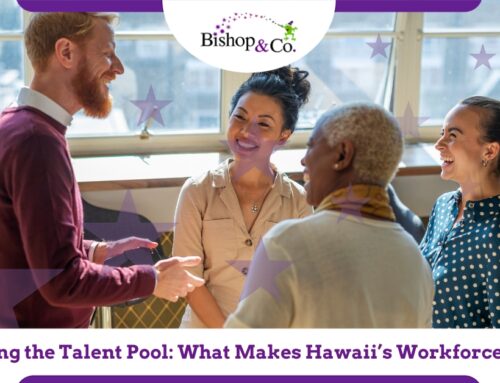When building a strong team, it’s important to recruit top-talent from every available pool. This means hiring locally and recruiting at a distance. You want to pull professionals both from your industry and experts who can bring new insights with them from different past experiences. We have recently seen a big push for welcoming disabled professionals to the mainstream workforce through the widespread adoption of remote work. We have seen a strong trend of businesses improving parental leave and family policies to recruit professionals who are also dedicated parents. Along the same vein, it’s also vital to make your workplace welcoming to your LGBT members and the top talent among them.
Skill and dedication speak for themselves, but talent will only choose your company if they feel comfortable in the culture and environment you provide. Today, the way is quiet inclusivity, using tactful and subtle uplifting methods to make your workplace both more inviting and more respectful of all team member lifestyles.
We’re here to share a few of these respectful tactics to make your team more welcoming to LGBT members.
1. Neutralize Gendered Terms in Company Documents
Review the company documents, from the employee handbook to the internal memos for you LGBT members. Do your best to neutralize any strongly gendered language or terminology used in the content. For example, many old handbooks that haven’t been re-written in decades still use “he” as the default adjective. This writing style has fallen out of style with cultural inaccuracy, as men are no longer the default actors in most scenarios.
Find anywhere that gender is strongly indicated or assumed and simply neutralize it with more up-to-date language. This makes the content more modern, easier to skim, and passively more welcoming to anyone who doesn’t directly fit the gendered wording.
2. Invite Partners and Family to Social Events
Another thing to watch out for is assumptive language about employee families. The term “husbands and wives” (or vice versa) is considered generally inclusive, assuming partners of either gender for any given employee. However, the current way to stay neutral is to use “partner” in most situations. This avoids assumptions about gender or marital status of your employees’ nearest-and-dearest. From there, you can invite partners and family to indicate that children, siblings, or close friends may be welcome to larger company social events.
3. Create an Even Mix of Family Types in Example Scenarios
Training and other corporate content often feature real-life examples, such as example scenarios about a person or family. The classic way to make your content-neutral and inclusive is to mix up your example types for your LGBT members.
The first implementation was to alternate male and female example-characters in documents or training material. This frees you from the ambiguous “they” and creates an illustratable scenario while keeping representation unbiased. Now, any family scenarios should include an even mix of things like mom-mom families, families with or without kids, and handicapped example characters, and households with an elderly dependent for full inclusivity.
4. Remove Gender-Specific Policies or Events
Skim your policies and event themes for anything that is strictly gendered. A strict dress code, for example, could be neutralized to suit modern business attire standards with little or no differentiation between gender standards (in most industries). Hunt down any outdated and forgotten but still-written policies that may treat genders differently or arbitrarily creates separate policies. By removing this background structure of gender expectations, your workplace will become subtly more welcoming overall for LGBT members.
5. Provide Healthcare that Covers Non-Married Families
Consider that many non-traditional families do not get married for personal, financial, or legal reasons. A great way to be more inclusive of both LGBT members and other types of non-traditional professionals is a more inclusive healthcare package. Look for providers that offer policy coverage for households instead of legal family members so that modern families of all configurations might benefit.
6. Provide a Diverse Selection of Employee Benefits
Last but not least, diversify your benefits. The wider a selection you can offer, the more lifestyles of the top-talent your team can support. From health and wellness benefits to professional development benefits, consider that the best in your field may come from all walks of life, whether what makes them unique is their style of love, their preferred hobbies, or their professional career path.
Make the Environment Welcoming for all LGBT Members
For more great insights on attracting top talent and making your workplace more inviting to every type of top professional, contact us today!






Leave A Comment